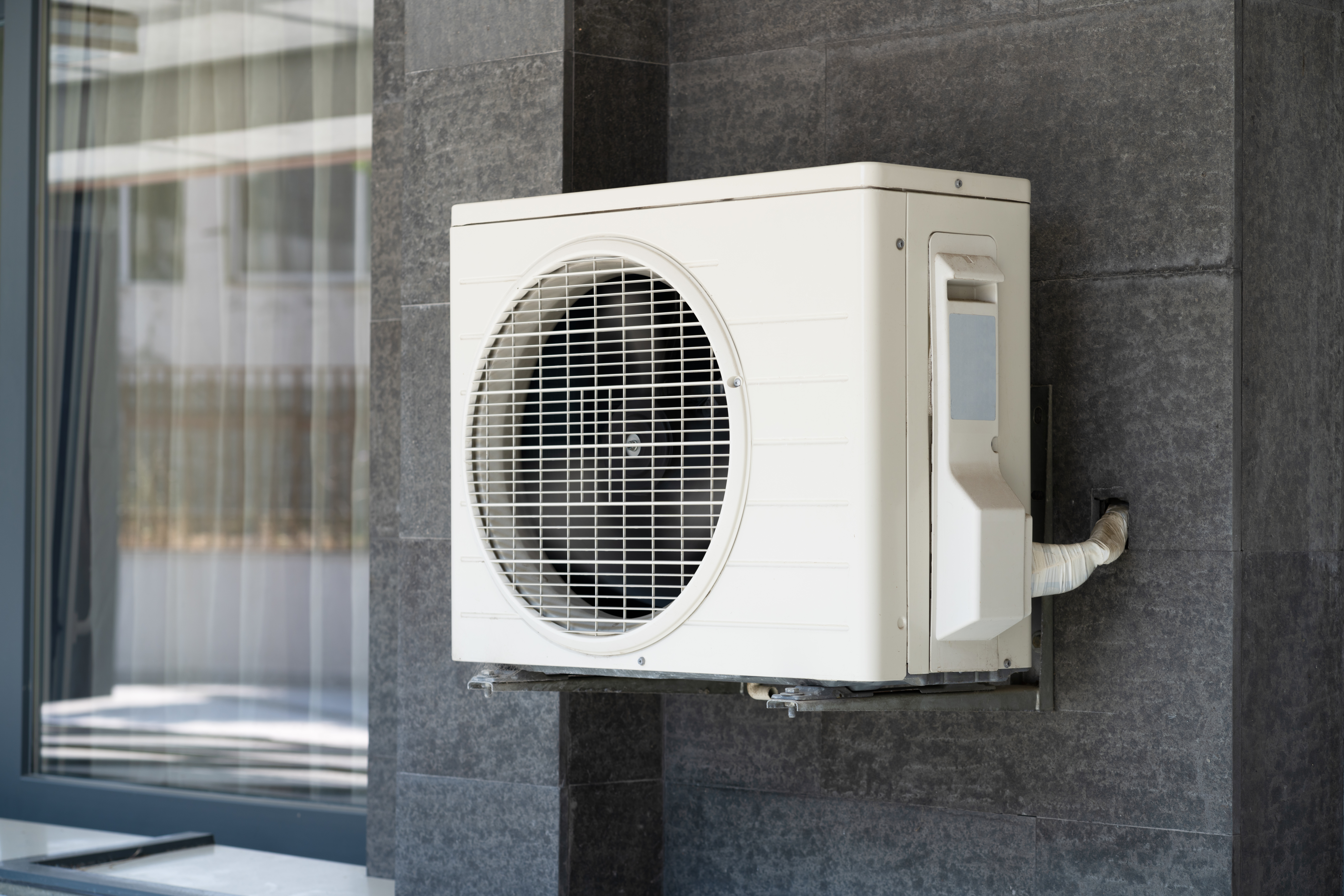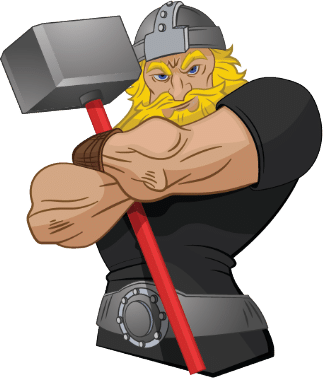In the residential HVAC world, one of the newest products to hit the market is the extremely efficient heat pump. Due to its name, many homeowners assume that it can only heat their homes. However, it can also cool your home in the summertime.
Why Is It Called a Heat Pump?
First and foremost, it will help to address why this system is called a heat pump. This will allow us to clear up any confusion about whether it heats or cools your home. This type of system is referred to as a heat pump because it pumps heat in a specified direction. During the wintertime, a heat pump will transfer heat from the outside air to the inside of your home. During the summertime, a heat pump will extract heat from a warm room and transfer the radiant energy to outside your home.
The Different Types of Heat Pumps
It’s important to note that heat pumps are just a broader category that can be divided into two smaller categories. These include air-source and geothermal heat pumps. With air-source heat pumps, heat is extracted from the air. On the other hand, geothermal heat pumps transfer heat from the water or the ground. You may hear geothermal heat pumps referred to as ground-source or water-source heat pumps, depending on the substance they extract heat from.
How Does an Air-Source Heat Pump Operate?
Since not all properties can accommodate a geothermal heat pump, we’re going to spend the majority of our time discussing air-source heat pumps. These are the most common types of heat pumps installed in residential settings. Each air-source heat pump will have five main components.
Outdoor Unit
All air-source heat pumps will have an outdoor unit with a coil and a fan. Typically placed right next to the exterior of your home, this outdoor unit works to blow the outside air on the coils to facilitate heat transfer.
Indoor Unit
The indoor unit is also called the air handler unit, and this component contains a fan and coil. This fan works in much the same way as in the outdoor unit. It blows inside air on the coils to transfer heat in the desired direction.
Refrigerant
The lifeblood of any air-source heat pump is refrigerant. This substance works to absorb heat. Refrigerant is pumped throughout the entire heat pump system to transfer heat either indoors or outside.
Compressor
The compressor increases the pressure and temperature of the refrigerant.
Valves
The last component of an air source heat pump is its valves. There is an expansion valve, which regulates the flow of refrigerant as it goes throughout the system. It’s responsible for helping to reduce the pressure of the refrigerant. The second valve is called the reversing valve. This component is responsible for reversing the flow of refrigerant so that you can switch between heating or cooling your home.
How Does a Heat Pump Cool My Home?
The process of cooling of your home with a heat pump starts with the fan on the indoor air handler blowing the warm room air across the coils. These coils are filled with a cold liquid refrigerant. Because heat energy naturally moves from warmer to cooler areas, the cold refrigerant will naturally attract heat from the warm air that is blown over the coil. This results in heated refrigerant and the now-cold air. This conditioned air is sent back into your home via your ducting or your ductless system.
The refrigerant heats up after it absorbs the heat energy from the room and turns into a gas. This gaseous refrigerant is now forced through the compressor where it becomes even hotter and flows to the outside unit. Similarly to the inside unit, the outside unit will run a fan over the coil that is filled with the hot gaseous refrigerant. Since the outside air is cooler than the hot refrigerant, the heat from the refrigerant will naturally be dispersed into the air outside.
When this process happens, the refrigerant turns back from a gaseous state to a liquid state. The refrigerant liquid is pumped back into the house through an expansion valve. This expansion valve reduces the pressure of the refrigerant and cools it significantly. Once the refrigerant is cold again, it’s pumped back into the coil in the indoor unit, and the process starts all over again.
Your heat pump will continue to work until the inside temperature of your home matches what your settings are on your thermostat. It’s crucial to note that heat pumps utilize a basic thermostat like your furnace or central air conditioning unit does. You need to set your desired temperature, and your heat pump will take care of getting the air inside your home to that temperature.
How Does a Heat Pump Heat My Home?
In the wintertime, your heat pump will utilize a very similar process that we discussed above. However, it will do this process in reverse thanks to its reversing valve. The outdoor unit will blow air across its coils that are filled with refrigerant that is colder than the outdoor air. The refrigerant absorbs heat from the warmer air and is pumped indoors. It then travels through the compressor and vaporizes into a hot gas. When it arrives at the indoor unit, a fan blows heat energy out of the refrigerant and into your cooler home. The now-cooled refrigerant travels through the expansion valve, loses pressure, becomes colder and is pumped into the outdoor coil where it absorbs heat from the warmer outside air. This process repeats itself until your home reaches your desired indoor temperature.
Ducted and Ductless Heat Pumps
When you first start analyzing air source heat pumps, you’ll notice that there are two different types of offerings. These include ducted and ductless systems. The difference between the two is how the treated air is dispersed throughout your home.
When you think of a typical HVAC system, most of them include ductwork. This means that air ducts run throughout the walls and floors of your home. They disperse warm or cold air via vents. With this type of system, an indoor handler unit can be placed in a hidden area of the home, such as your basement or utility closet.
The other type of heat pump system is the ductless system. These are commonly referred to as mini-split systems. Instead of having ductwork run throughout your home, these systems use wall-mounted units to disperse warm or cold air into each main room of your home. Each wall-mounted unit will be connected to refrigerant lines that go to the outdoor unit of your home. Ductless mini-split units are more common in existing homes without ducting or for room additions in a ducted home.
Rely on the Pros
When you are looking for heat pump experts for your home in Tacoma, look no further than Hunt’s Services. We offer a wide variety of services, including plumbing, heating, cooling, water filtration, sewer, drain, electrical, and indoor air quality products. Contact Hunt’s Services today, and we’ll get one of our experienced professionals on the way to your home.




